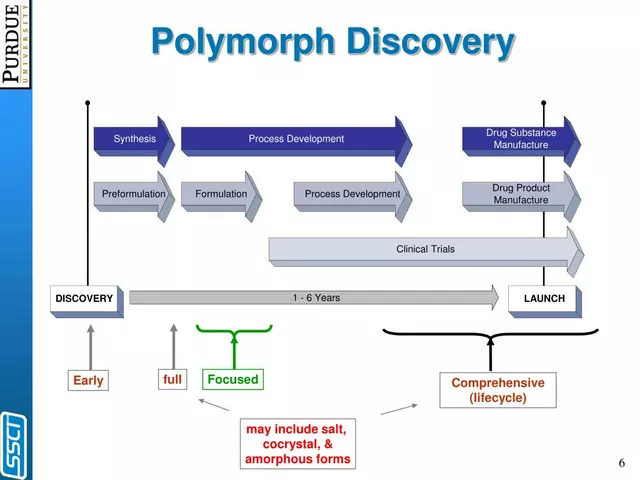Hair Loss: Fast, Practical Advice That Actually Helps
Losing more hair than usual feels alarming. Before panic sets in, know this: some hair shedding is normal, and many common causes are treatable. Read on for clear steps you can try at home, what treatments work, and when you should see a doctor.
What’s causing your hair to thin?
Start by spotting the pattern. Receding temples and a thinning crown usually point to androgenetic alopecia (male- or female-pattern hair loss). Sudden, diffuse shedding across the scalp often comes from telogen effluvium — triggered by stress, illness, surgery, or new meds. Patchy, round bald spots may be alopecia areata, an autoimmune issue. Other causes include thyroid problems, low iron, rapid weight loss, and some prescription drugs.
Quick checklist: ask yourself if you recently had a fever, big life stress, changed medications, or started a new diet. Those clues narrow down the likely cause fast.
Simple, practical steps you can try now
Start with low-effort, low-risk changes that help most people:
- Use a gentle shampoo and avoid daily harsh brushing. Treat hair like wet rope — handle it gently when it's damp.
- Skip tight hairstyles that pull on the hairline (tight buns, ponytails, braids).
- Check iron, thyroid, and vitamin D with a blood test. If levels are low, correcting them often stops shedding.
- Try topical minoxidil (2% or 5%). It’s available over the counter and can slow thinning and help regrowth for many users. Expect 3–6 months to see changes.
- For men with pattern hair loss, oral finasteride is effective but needs prescription and comes with possible side effects — talk to a doctor.
- Focus on protein, healthy fats, and foods rich in iron and zinc. A basic multivitamin helps if your diet is limited. Biotin helps a few people but isn’t a cure.
If you prefer non-drug options, low-level laser devices and platelet-rich plasma (PRP) injections are popular. Results vary and can be costly.
Hair transplant surgery works when hair loss is stable and donor hair is available. It’s not a quick fix and needs a skilled surgeon.
How long until you see results? Treatments need patience. Topical or oral meds usually take 3–6 months for visible improvement. If shedding is due to a temporary trigger, hair often regrows in 6–12 months once the trigger is removed.
When to see a doctor now: sudden heavy shedding, rapid bald patches, scalp pain or redness, or signs of infection. Also see a dermatologist if over-the-counter options don’t help after 6 months.
Want next steps? Start with a blood test, switch to gentle hair care, and try minoxidil if appropriate. If you want a tailored plan, a dermatologist can map out medical options, testing, and timelines so you know what to expect.
Explore our articles for guides on specific medications, treatments, and product picks that work for different hair-loss types.

Propecia Alternatives: 10 Ways to Fight Hair Loss Without Prescription Pills
Exploring Propecia alternatives? This article breaks down 10 different options, from natural DHT blockers to modern treatments, so you can see what might work for your hair loss journey. We cover the pros, cons, and what to expect from each method, keeping it clear and real. You'll find honest takes, practical advice, and comparisons based on today’s science—not wishful thinking. Make a confident choice about your next steps without the medical jargon.
Categories
- Medications (50)
- Health and Medicine (46)
- Health and Wellness (34)
- Online Pharmacy Guides (15)
- Nutrition and Supplements (7)
- Parenting and Family (3)
- Environment and Conservation (2)
- healthcare (2)
- prescription savings (1)
Popular Articles



